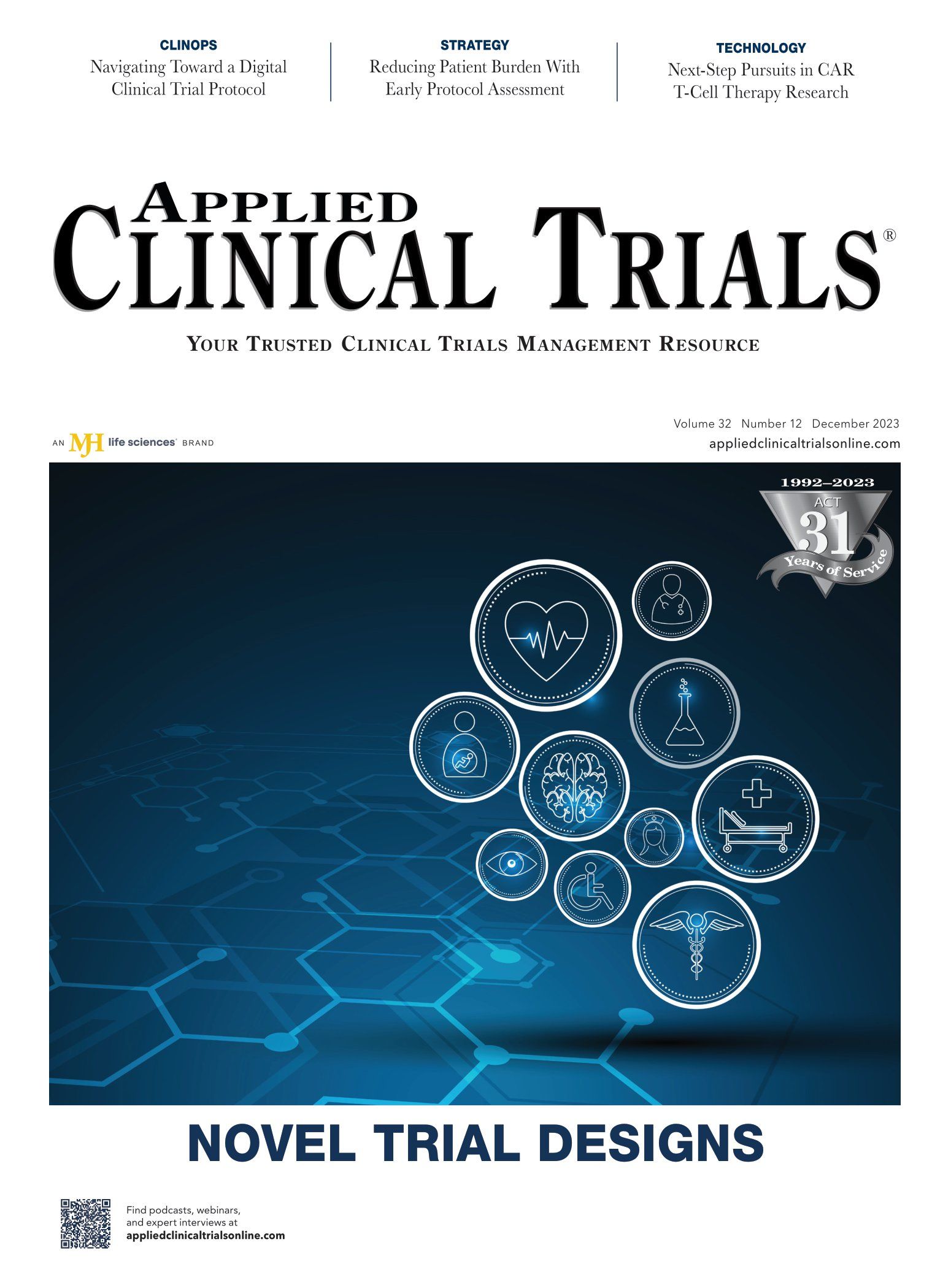Should Sponsors Expect Pre-Competitive Alliances With eCOA Providers?
Regardless of alliances, providers must be aligned on the latest scientific approaches in the clinical technology space.

Progress through collaboration; a simple and broadly applicable mantra befitting a range of contexts. In medical product development, the collective industry objective is unchallengeable: accelerated development of more effective therapies for everyone. This article won’t debate the varying strategies for clinical development that will achieve that objective, but rather will highlight how crucial it is for contemporaries to collectively define the best scientific approaches in the clinical technology space.
It genuinely surprises me that in 2023, electronic clinical outcome assessment (eCOA) service decisions remain remarkably transactional. One of the consequences of transactional decisions is the potential lack of expectations around currency with scientific thinking. Clinical trials may have niche demands that not all providers can satisfy, but how can a sponsor be assured that a provider is aligned with contemporary operational and scientific opinion? In the absence of collaborative, pre-competitive engagement, reliance sits with an organization’s experience alone, primarily conditioned by the capabilities of their products. Consequently, sponsor and contract research organization (CRO) colleagues may well know more about the deficiencies of a provider’s offerings than the provider does. What we do is critical to health, and scientific validity must underpin every decision.
Providers should distinguish themselves through delivery; that is the critical metric of service provision. Delivering the technology solution on time, per requirements, and with minimal flux and burden exerted on sites and participants is the target. And yet, those technology solutions must account for current scientific and regulatory thinking, which is difficult to achieve in isolation.
There’s also the weight of regulator expectation; friction in the regulatory process can at least in part be attributed to multiple entities working independently to solve a common problem. Collaborative approaches reduce regulatory burden. The eCOA Consortium benefits from a named FDA liaison, common to many C-Path-led consortia. We look to engage with other regulatory entities, such as the European Medicines Agency (EMA), UK’s Medicines and Healthcare products Regulatory Agency (MHR), and others to challenge and develop regulatory thinking and parse that into practical considerations for eCOA and digital health technologies (DHTs) more broadly.
Not every interaction within a pre-competitive alliance needs to be married to a formal output. Having a safe space to collectively explore relevant matters is a reward in and of itself. In recent months we’ve discussed the interpretation of regulatory guidance, held an exploration of positions taken by national health authorities, and explored the current framework and future opportunities for publicly-available metrics for eCOA system implementation.
As a former consultant in the eCOA space, I’d always recommend selecting providers who were members of what was the ePRO Consortium (becoming the eCOA Consortium in 2022). My justification was simple: a provider could not claim that it alone defined the science of eCOA and what “best practice” is. Best practices cannot be defined by individuals or individual firms—they must be collaboratively developed as a consensus of experts to earn the label of “best practice.” Further, it can be justifiably argued that best practice must incorporate the opinion of sponsor representatives with deep eCOA experience, which is certainly the case in the collaborative projects the eCOA Consortium leads or co-leads. Having multiple sponsor perspectives draws a common thread across expectations, and where there is divergence, the project outputs will account for that.
From a provider perspective, there are commercial sensitivities to account for, but that classification itself is remarkably subjective, and should be tested in pre-competitive conversations. Joining pre-competitive alliances typically attracts a cost, and while that may present an obstacle to some more compact organizations, the desire to be part of the scientific debate must be balanced against that.
I believe it is incumbent on any eCOA provider (or any science-driven technology provider) to assure their clients that they are aligned on current industry thinking, and sponsors should ask how providers deliver on that. If there is a more effective and holistic way of achieving that than a pre-competitive consortium of contemporary organizations with a common goal of progressing the science, then I’d be excited to know what it is.
Authored by Scottie Kern, Executive Director, eCOA Consortium.

Unifying Industry to Better Understand GCP Guidance
May 7th 2025In this episode of the Applied Clinical Trials Podcast, David Nickerson, head of clinical quality management at EMD Serono; and Arlene Lee, director of product management, data quality & risk management solutions at Medidata, discuss the newest ICH E6(R3) GCP guidelines as well as how TransCelerate and ACRO have partnered to help stakeholders better acclimate to these guidelines.
Beyond the Molecule: How Human-Centered Design Unlocks AI's Promise in Pharma
June 23rd 2025How human-centered AI that is focused on customer, user, and employee experience can drive real transformation in clinical trials and beyond by aligning intelligent technologies with the people who use them.